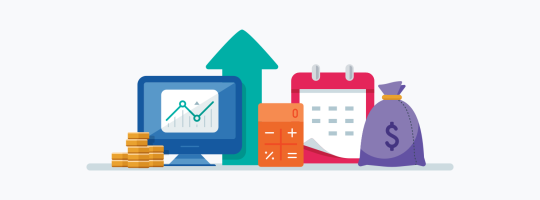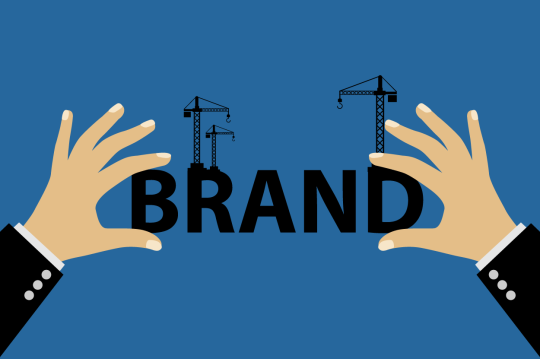The Benefits of Investing in B2B Paid Review Sites Like Gartner’s Digital Market
It’s no secret that reviews are pivotal to the success of your business, regardless of the industry. Whether you are shopping for a birthday gift on Amazon or looking for a design team to revamp your company’s website, reviews are paramount in influencing a purchase.
In 2022,...
How the Top Social Platforms are Bending to Gen Z
Move over Millennials, Gen Z is calling the shots now. They may be young, and their purchasing power has yet to be truly defined, but they are changing the online landscape, quickly.
Who is Gen Z? What recent changes to LinkedIn, Meta, and even Google have they influenced at...
How to Prepare Your SEO Strategy for 2023
With roughly 9 billion Google searches happening on a daily basis around the world, it would be an understatement to say that competition in the search engine optimization (SEO) world is fierce. Everyone is vying to rank in that number one position for their respective search...
Synapse Launches New Social Impact Program
Boston, MA – February 24, 2022 – Synapse SEM, a leading performance marketing firm, announced today the launch of their new social impact program, the Synapse Giveback Program. This program is designed to raise funds for high-impact not-for-profits as well as assist local...
Broad Match Modifier is Changing, What Now?
In February 2021 Google announced that they will be changing the matching behavior of broad match modifier in favor of an updated version of phrase match, which began to take place in mid-February. In July 2021, you will no longer be able to create broad match modified...
Your Guide to the Recent Google Ads Targeting Updates
Google Ads has recently announced they will follow suit with Facebook to change the allowed targeting options for housing, employment, and credit companies. Will your organization be affected? We have put together a guide outlining not only who will be affected, but exactly...
Google Commits $340m in Google Ads Credits to SMBs – Are you Eligible?
In late March, Google published an article stating that they are committing $800m to support SMBs and crisis response, $340m of which will be provided to SMBs in the form of Google Ads credits. Google provided further details regarding these funds on April 20th, and we...
Average Position is Gone, Now What?
As I’m sure you know by now, Google Ads retired one of their original metrics (average position) back in September of 2019. This was a significant change, as many advertisers found average position to be a critical metric during optimization efforts. For some, average...
How to Determine Your Optimal PPC Budget
Many PPC budgets are determined by a company’s overall marketing dollars, but what should you actually spend each month? It can be difficult to determine exactly how much you should budget for with a PPC program, as there are various factors to consider. At Synapse, we have...
What to Keep in Mind When Launching a Branded PPC Campaign
One of the most commonly asked questions when presenting a PPC proposal to a new a client is “why should we waste money bidding on our own branded keywords?” What is the purpose of bidding on brand when you are already showing at the top of organic listings? Brand can be a...








